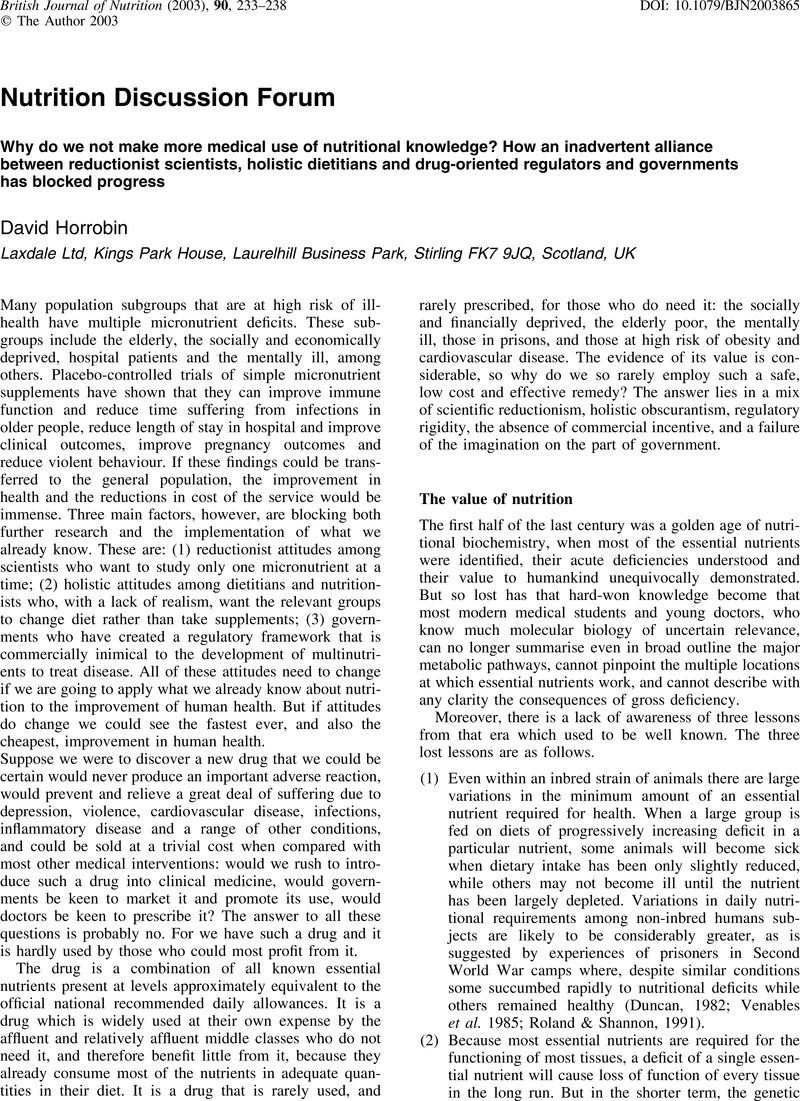Crossref Citations
This article has been cited by the following publications. This list is generated based on data provided by Crossref.
2006.
Dietary Supplements and Functional Foods.
p.
224.
Erren, Thomas C.
and
Reiter, Russel J.
2009.
Light Hygiene: Time to make preventive use of insights – old and new – into the nexus of the drug light, melatonin, clocks, chronodisruption and public health.
Medical Hypotheses,
Vol. 73,
Issue. 4,
p.
537.
2011.
Dietary Supplements and Functional Foods.
p.
289.



